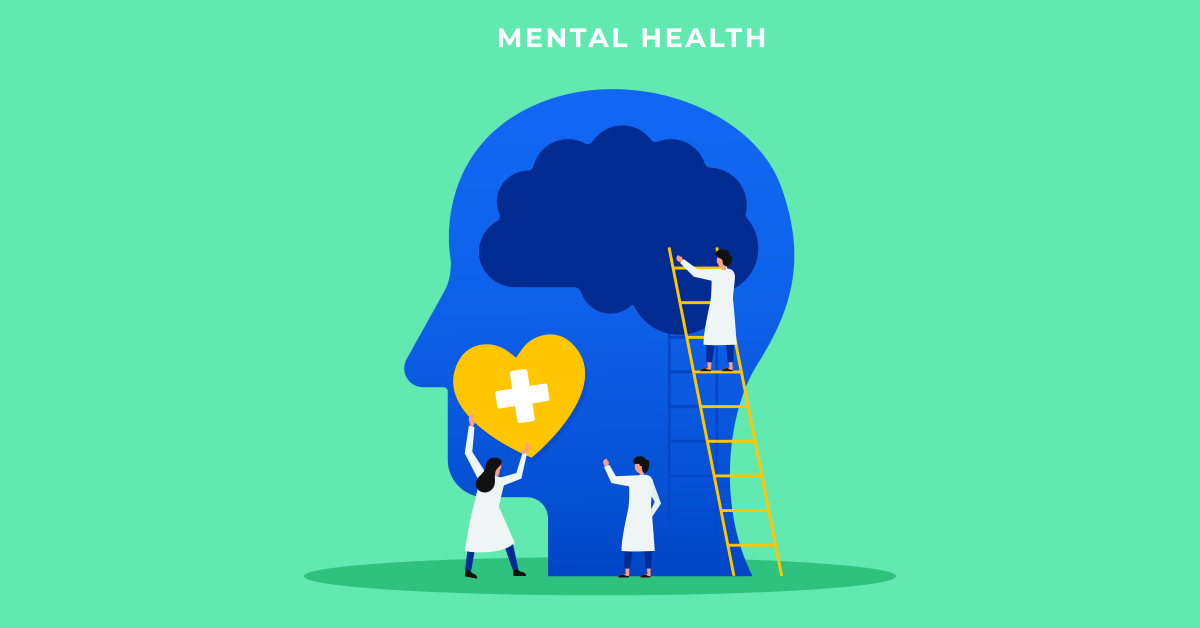Alcoholism is a disease that affects 5% of the world’s population. In addition, alcohol is also responsible for 3.3 million deaths per year, which represents 5.9% of all deaths (according to WHO data). Despite this chilling data, alcohol is a social and commonly accepted substance. It is present in most social and family gatherings, in moments of leisure and entertainment, in certain work environments, etc. You could say it’s part of everyday life.
The Tolerance
Not only is there a great tolerance and acceptance of alcohol consumption, but even on certain occasions, non-consumption can be questioned or not understood by a person’s environment. If someone decides at a particular time that they will not consume alcohol, it is common for them to receive pressure from other people to have a drink. Abstinence seems not to be understood.
The Normalization
In the midst of all this normalization of consumption, and the pressure that sometimes exists to consume, it makes it difficult to differentiate or realize whether or not you have a problem. To this difficulty is also added the stigma or the distorted vision that exists about the figure of the alcoholic. It is common for many people to identify alcohol addiction with the stereotype of the “homeless,” a person who looks bad, has sloppy hygiene, and seems to be in a state of constant drunkenness. Nothing could be further from the truth. Most people who have problem with alcohol are good-looking people, who do their professional work or family life, and are not in a constant state of drunkenness.
Recognizing the Problem with Alcohol
How do you recognize if there is a problem with alcohol? First of all, it should be observed if there is an intense desire or need to ingest alcohol. This must be coupled with loss of control over consumption, which can occur both when starting to drink, and also to stop the intake once it has begun. To this need to drink and the lack of control that the person experiences, the tolerance that is acquired to the drink is added, in such a way that the amounts ingested are increasing.
The Symptoms
These symptoms appear and accentuate progressively, being at first very subtle. That is why it is sometimes difficult to realize the with alcohol if you do not look carefully and pay attention. The common thing is that these symptoms are increasingly serious. With these symptoms, certain changes in daily life also appear, such as the abandonment of other activities or hobbies, conflicts and personal, social, work or family problems. In these phases of the disease in which the symptoms affect the environment, it is easy to realize that something is not right.
It is important to keep in mind that once addiction is established, it becomes chronic. Without specific treatment, the disease will not subside on its own and complications will become almost inevitable. An especially important part of all this is that while the alcoholic is suffering a progressive deterioration, in the family they are also gestating and establishing different problems and difficulties with alcohol.
The Family
Just as alcoholism presents symptoms of the disease, which continues its course and evolves in a similar way in all people who suffer from it, families also present a form of concrete and characteristic deterioration that occurs in the vast majority of cases. The breakdown of the family dynamic, as well as a series of emotional problems of its members, are one more symptom of the disease. You could say that families get sick too.
The Treatment
The recognition, understanding and treatment of the symptoms and emotional problems of families is undoubtedly an indispensable part of the treatment of any type of addiction. All this, regardless of whether or not the alcoholic relative decides to get into a treatment facility. Visit now to find out more.






